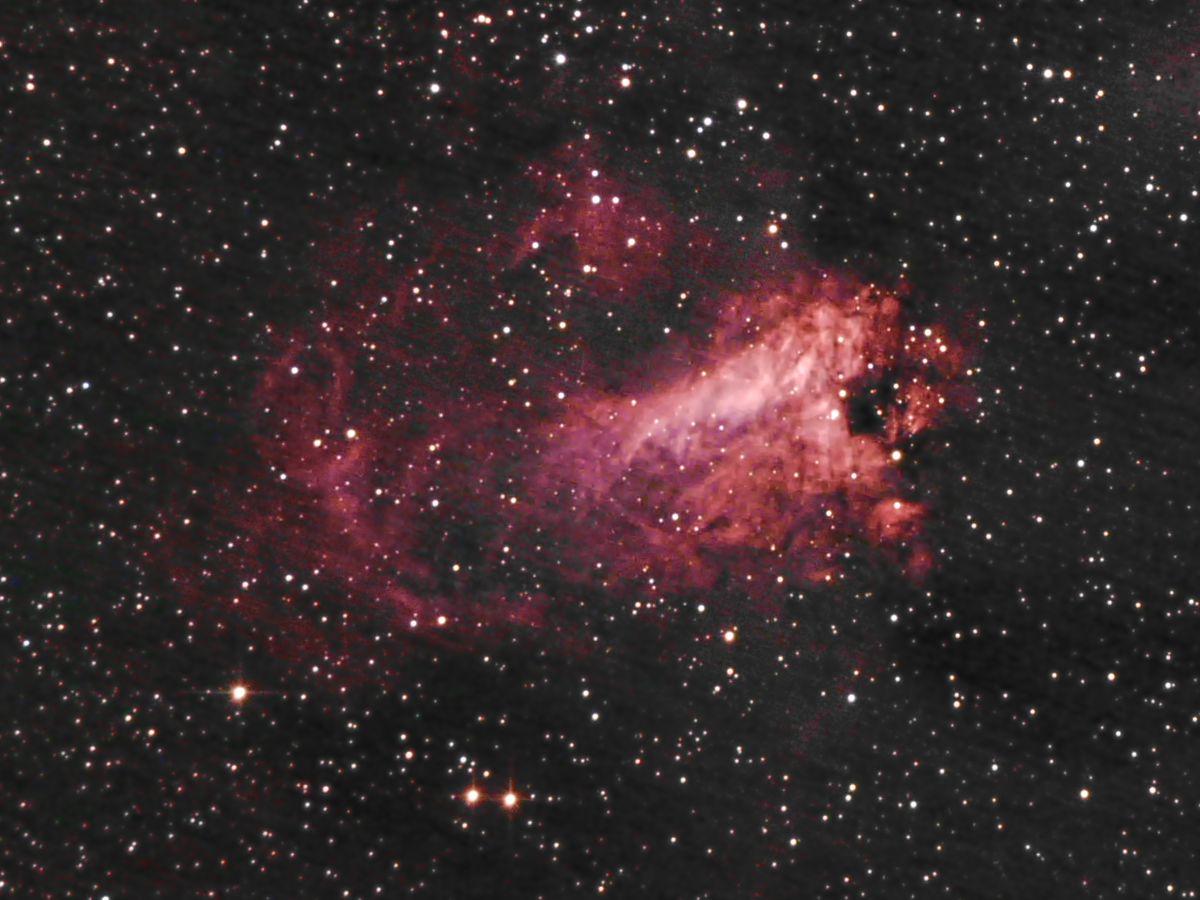If you find this website useful, please check out my books or visit my Amazon Author page. Or even Buy Me a Coffee!
Astronomy
Astrophotography
You are never too old to learn, and one of the thing that has opened my eyes has been discovering the quality of astronomical images that can be produced by amateurs with very modest equipment. By using digital cameras and image processing software it's a realistic ambition to produce images that compare favourably with those produced by the world's biggest telescopes fifty years ago - right in your back yard!
This website does not showcase the best astronomical pictures on the internet! It's a selection of pictures I have taken myself with basic equipment and free software. Producing images like these below, or even better ones, is within your reach!
Most importantly, you don't have to spend a fortune. My first serious scope, mount and tripod cost £180 on Ebay. I spent £40 on a more solid tripod, and about £200 on various bits and pieces including books and an ancient Canon EOS DSLR and a seconhand Microsoft HD Webcam. The results shown before are some of my best so far, and will be updated from time to time.
Perhaps the easiest target in the sky is the moon. You can get good pictures with any long or zoom lens, this is a 'stack' of six pictures taken with an ordinary bridge camera:
A gibbous moon photographed on the isle of Skye.
Follow the links below for introductions to some of the other things you can image in the night sky:
A Conjunction of Moon and Venus
M23 is an open cluster of stars discovered by Charles Messier himself.

M23 open cluster.
- Details
- Category: Astrophotography
This complex nebula is also known as the Swan Nebula (look at the picture upside-down). It is an enormous cloud of hydrogen and has a mass equivalent to 800 suns.

M17 the Omega or Swan nebula.
- Details
- Category: Astrophotography
M16 is actually the open cluster of stars within this complex area of nebulosity. The 'eagle' is the central dark feature made famous as the Hubble Space Telescope's 'Pillars of Creation'.

M16, imaged using a tri-band filter.
- Details
- Category: Astrophotography
M15 is one of the oldest known globular clusters and it may have a central black hole.

M15 has around 100,000 stars.
- Details
- Category: Astrophotography
This globular cluster was discovered by Gottfried Kirch in 1702.

M5
- Details
- Category: Astrophotography
Page 11 of 23




